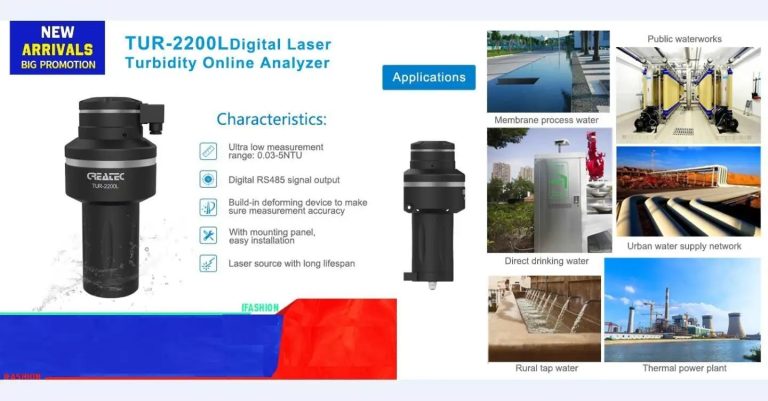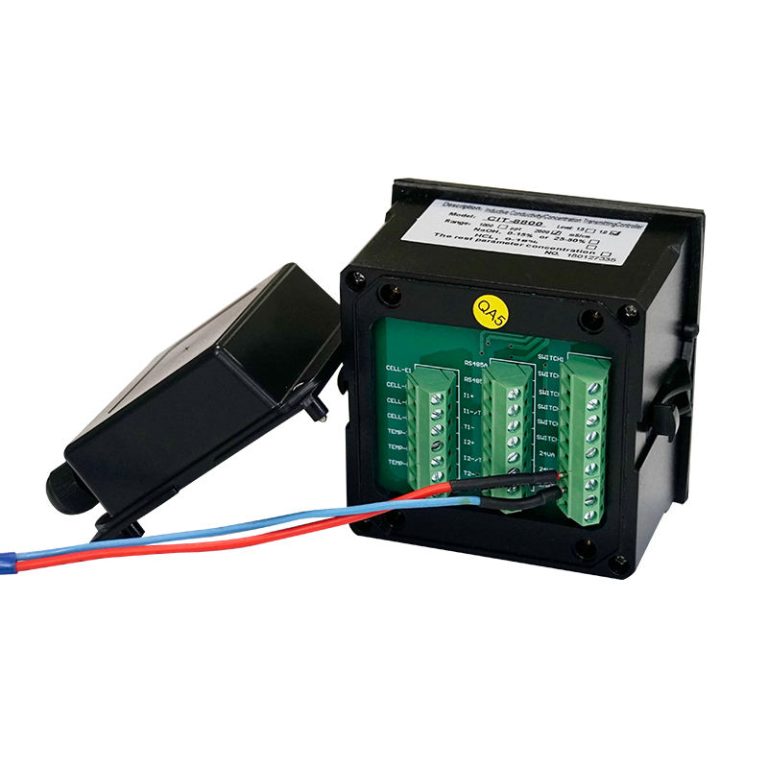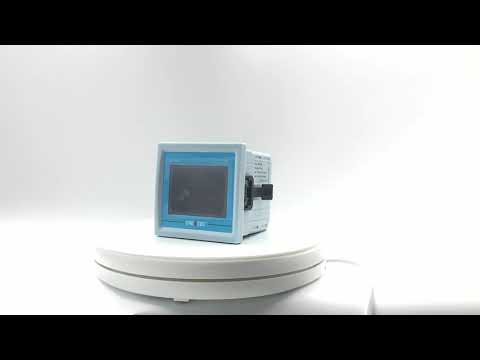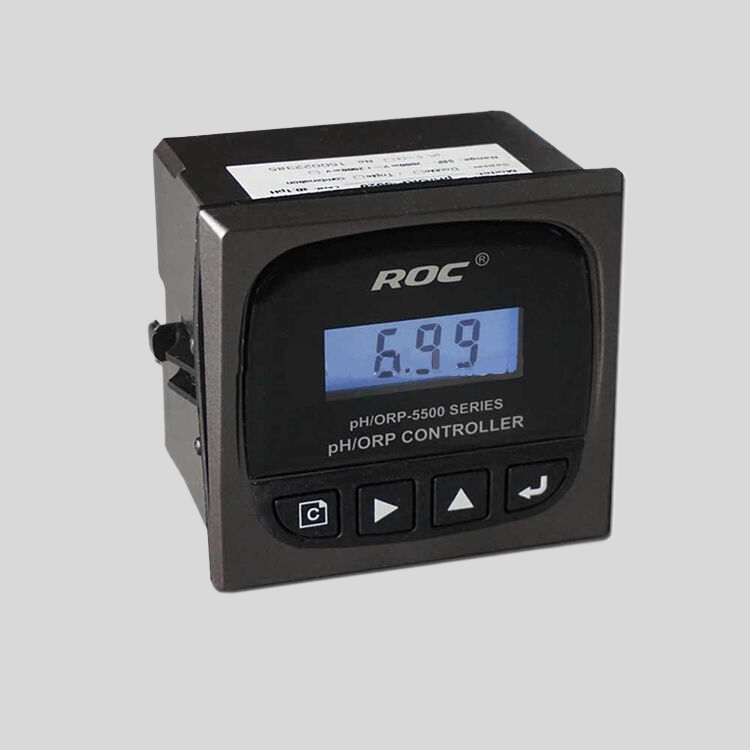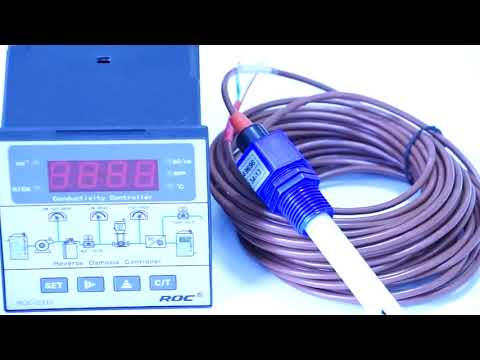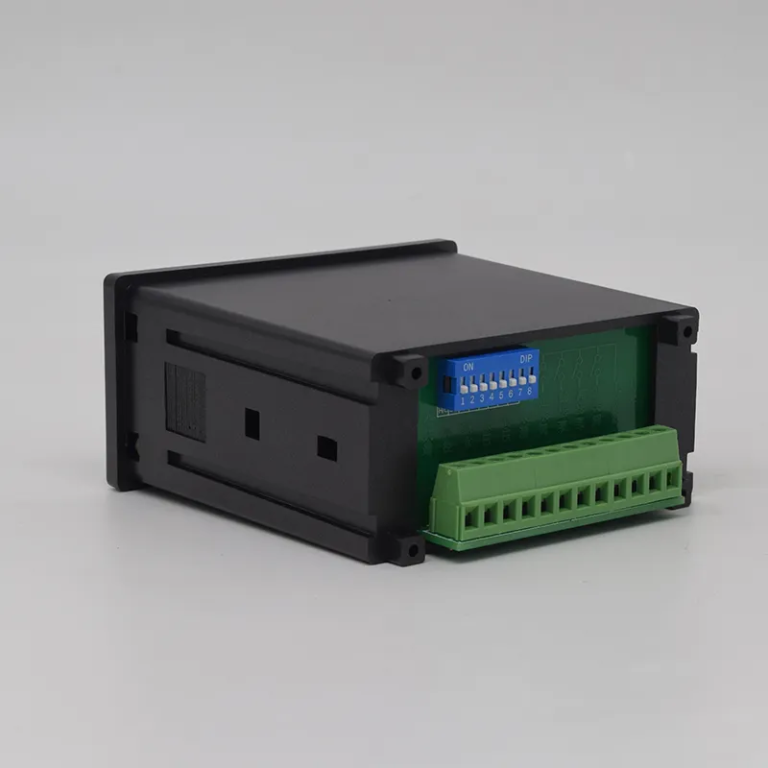Table of Contents
Importance of Regularly Testing Lake Water Quality
Lake water quality is a critical aspect of maintaining the health and sustainability of our freshwater ecosystems. Regularly testing lake water quality is essential to ensure that the water is safe for recreational activities, drinking, and supporting aquatic life. One of the most effective ways to monitor lake water quality is by using lake water test kits.
These test kits are designed to measure various parameters of water quality, such as pH, dissolved oxygen, turbidity, and nutrient levels. By regularly testing these parameters, lake managers and researchers can track changes in water quality over time and identify potential sources of pollution. This information is crucial for making informed decisions about how to protect and improve the health of our lakes.
One of the key benefits of using lake water test kits is their ease of use. These kits are designed to be user-friendly, allowing anyone to collect water samples and perform tests without the need for specialized training or equipment. This accessibility makes it possible for community members, lake associations, and citizen scientists to participate in monitoring efforts and contribute valuable data to ongoing research projects.
In addition to being easy to use, lake water test kits are also cost-effective. Traditional water quality monitoring methods can be expensive and time-consuming, requiring specialized equipment and trained personnel. In contrast, test kits are relatively inexpensive and can provide rapid results, allowing for more frequent monitoring and faster response to potential water quality issues.
Another advantage of using lake water test kits is their portability. These kits are compact and lightweight, making them ideal for fieldwork in remote or hard-to-reach locations. This portability enables researchers to collect data from multiple sites around a lake, providing a more comprehensive understanding of water quality dynamics and trends.
By regularly testing lake water quality with test kits, researchers can detect changes in water quality that may indicate pollution or other environmental stressors. For example, elevated levels of nutrients such as nitrogen and phosphorus can lead to algal blooms, which can harm aquatic life and degrade water quality. By monitoring nutrient levels with test kits, researchers can identify sources of pollution and develop strategies to reduce nutrient inputs and improve water quality.
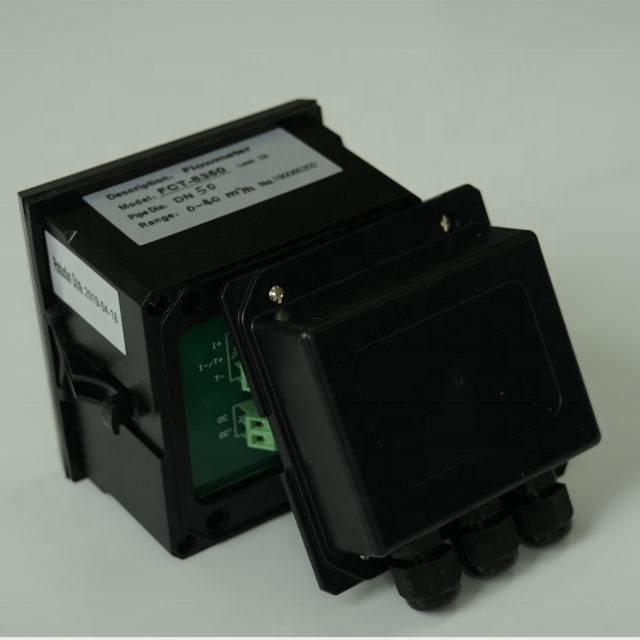
Similarly, monitoring pH levels can help researchers assess the acidity or alkalinity of lake water, which can impact the health of aquatic organisms. Low pH levels can be harmful to fish and other aquatic life, while high pH levels can indicate pollution from sources such as agricultural runoff or industrial discharges. By monitoring pH levels with test kits, researchers can identify potential sources of pollution and take action to protect the health of the lake ecosystem.
In conclusion, regularly testing lake water quality with test kits is essential for protecting the health and sustainability of our freshwater ecosystems. These kits provide a cost-effective, user-friendly, and portable way to monitor water quality parameters and track changes over time. By using test kits to collect data on pH, dissolved oxygen, turbidity, and nutrient levels, researchers can identify sources of pollution, assess the health of the lake ecosystem, and develop strategies to improve water quality. By working together to monitor and protect our lakes, we can ensure that these valuable resources remain healthy and vibrant for future generations.
How to Choose the Best Lake Water Test Kit for Your Needs
When it comes to maintaining the health and safety of a lake, regular water testing is essential. Lake water can be affected by a variety of factors, including pollution, algae blooms, and nutrient levels. To ensure that your lake is in good condition, investing in a high-quality water test kit is crucial.
There are many different types of lake water test kits available on the market, each designed to measure specific parameters. When choosing a test kit, it’s important to consider your specific needs and the factors that are most important to monitor in your lake.
One of the most common parameters to test for in lake water is pH levels. pH is a measure of how acidic or basic the water is, and can have a significant impact on the health of aquatic life. A test kit that includes pH testing strips or a ph meter is essential for monitoring this important parameter.
Another important parameter to test for is dissolved oxygen levels. Dissolved oxygen is crucial for the survival of fish and other aquatic organisms, and low levels can indicate poor water quality. Look for a test kit that includes a dissolved oxygen meter or test strips to monitor this important parameter.
| FCT-8350 Flow Transmitter | |
| Measurement range | Instantaneous flow:(0~2000)m3/h;Accumulated flow:(0~99999999)m3 |
| Flow rate | (0~5)m/s |
| Applicable pipe diameter | DN 25~DN 1000 for selection |
| Resolution | 0.001 m3/h |
| Renew interval | 1S |
| Accuracy | 2.0 level |
| Repeatability | \\u00b10.5% |
| Probe input | Range :0.5Hz~2KHz;Power supply:DC 12V(instrument supply) |
| Analog output | (4~20)mA,Instrument/transmitter for selection; |
| Control output | Semi-conductor photo electronic relay,Load current 50mA(max),AC/DC 30V |
| Control mode | Instantaneous flow high/low limit alarm, flow variable frequency conversion |
| Working power | DC24V |
| Power consumption: | <3.0W |
| Cable length | 5m as standard ; or(1~500)m for selection |
| Working environment | Temp.:(0~50)\\u2103;relative humidity\\u226485%RH(non condensation) |
| Storage environment | Temp.:(-20~60)\\u2103; relative humidity:\\u226485%RH(non condensation) |
| Protection level | IP65(with back cover) |
| Dimension | 96 mm\\u00d796 mm\\u00d794mm (H\\u00d7W\\u00d7D) |
| Hole size | 91mm\\u00d791mm(H\\u00d7W) |
| Installation | Panel mounted,fast installation |
Nutrient levels, such as nitrogen and phosphorus, are also important to monitor in lake water. Excessive nutrient levels can lead to algae blooms and poor water quality. A test kit that includes tests for these nutrients can help you identify potential issues and take steps to address them.
In addition to these common parameters, there are many other factors that can affect the health of a lake. Some test kits may also include tests for parameters such as turbidity, conductivity, and temperature. Consider the specific needs of your lake and choose a test kit that includes tests for the parameters that are most important to monitor.
When choosing a lake water test kit, it’s also important to consider the ease of use and accuracy of the kit. Look for a kit that includes clear instructions and all the necessary materials for testing. Some kits may also include digital meters or other advanced technology to provide more accurate results.
It’s also important to consider the cost of the test kit and the ongoing cost of replacement supplies. Some test kits may require regular replacement of testing materials, so be sure to factor this into your decision-making process.
Ultimately, choosing the best lake water test kit for your needs will depend on the specific parameters you need to monitor, as well as your budget and preferences. By investing in a high-quality test kit and regularly monitoring the health of your lake, you can help ensure that it remains a safe and enjoyable environment for all who use it.

